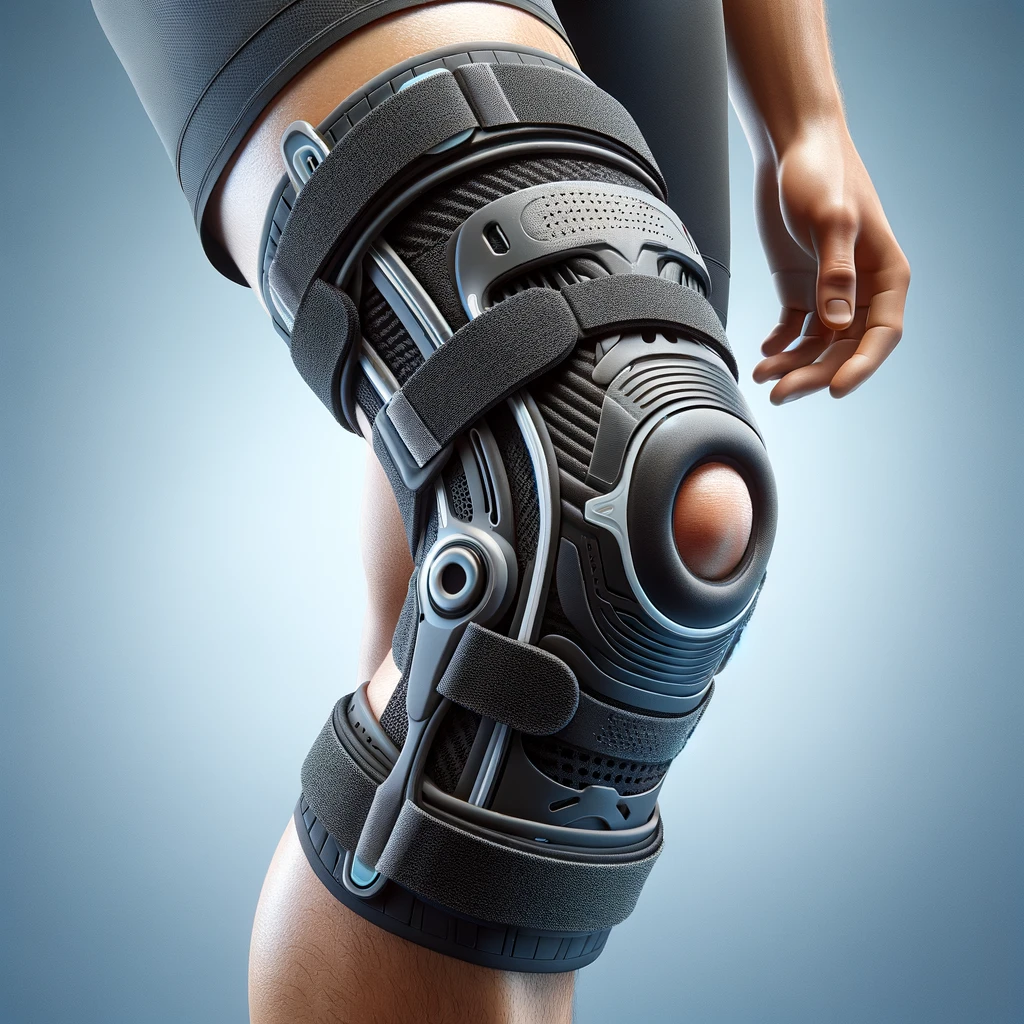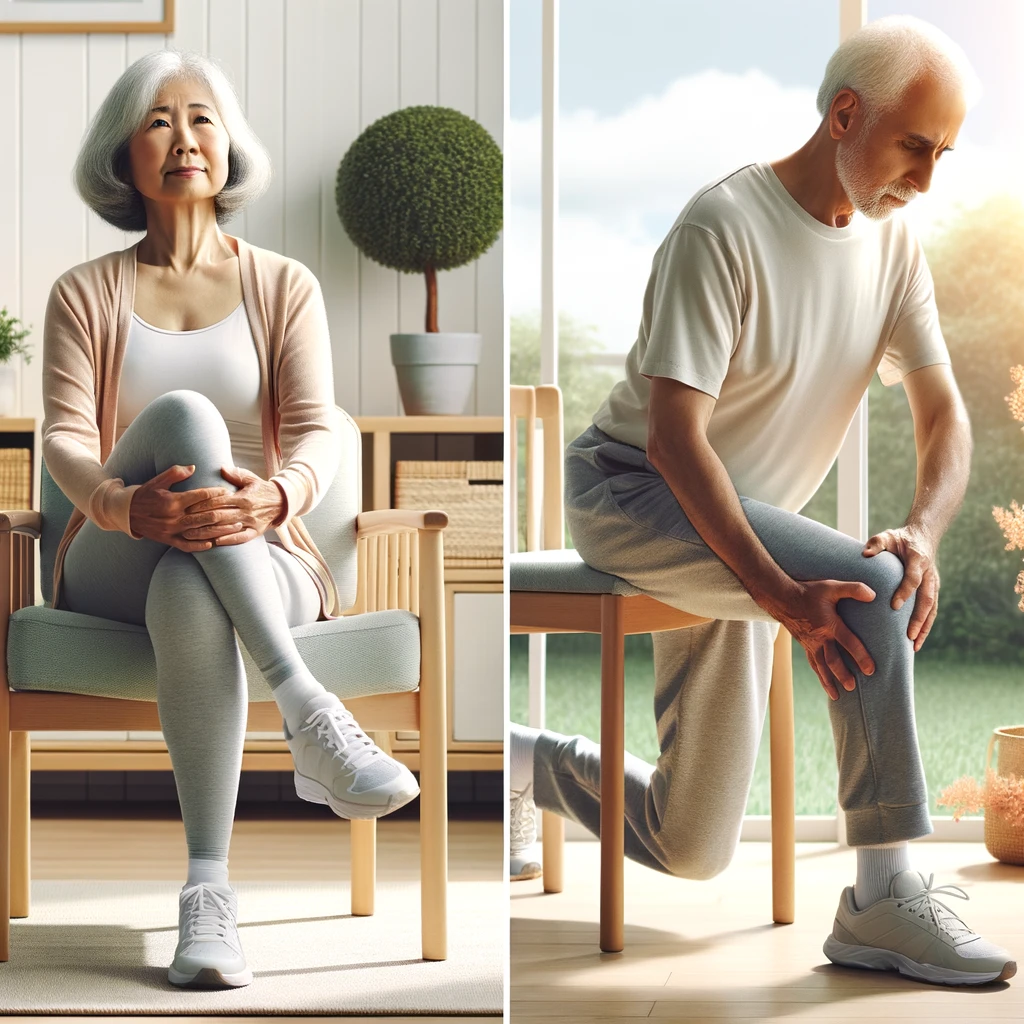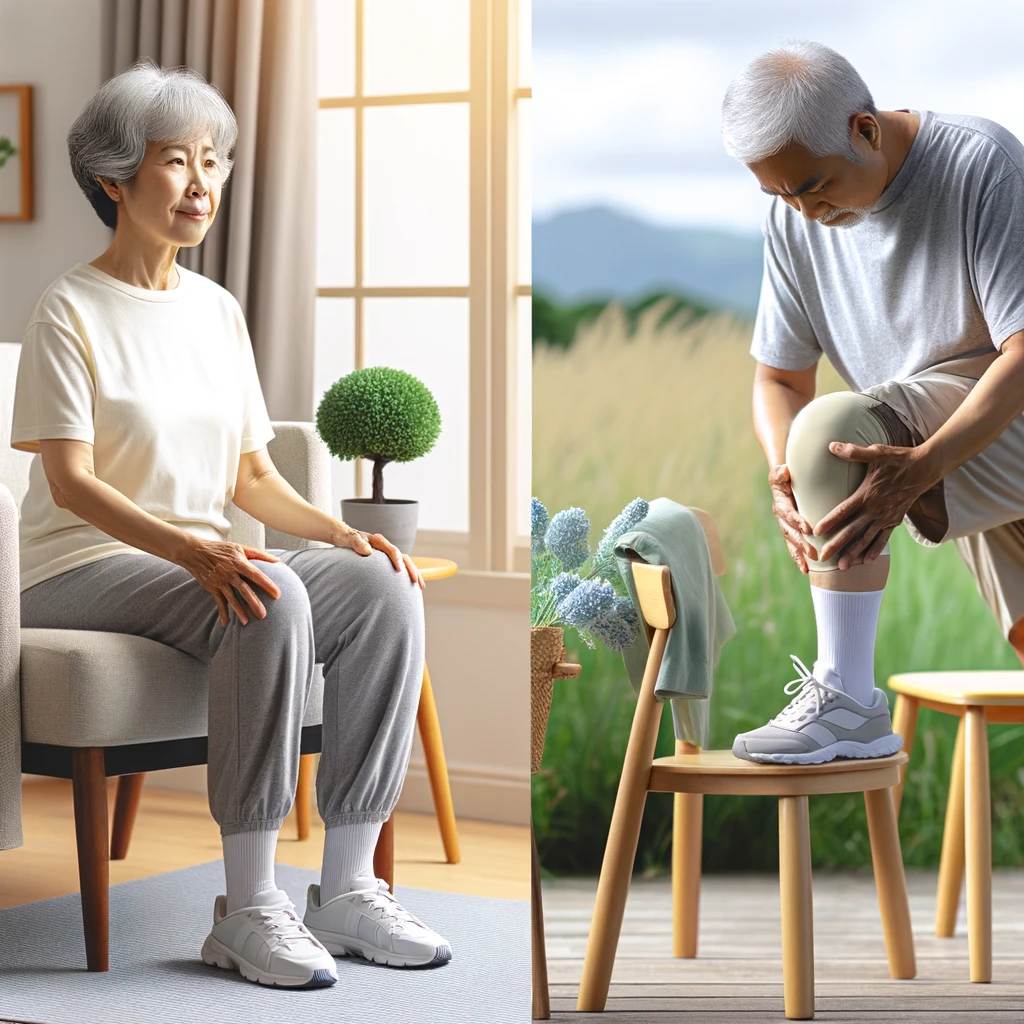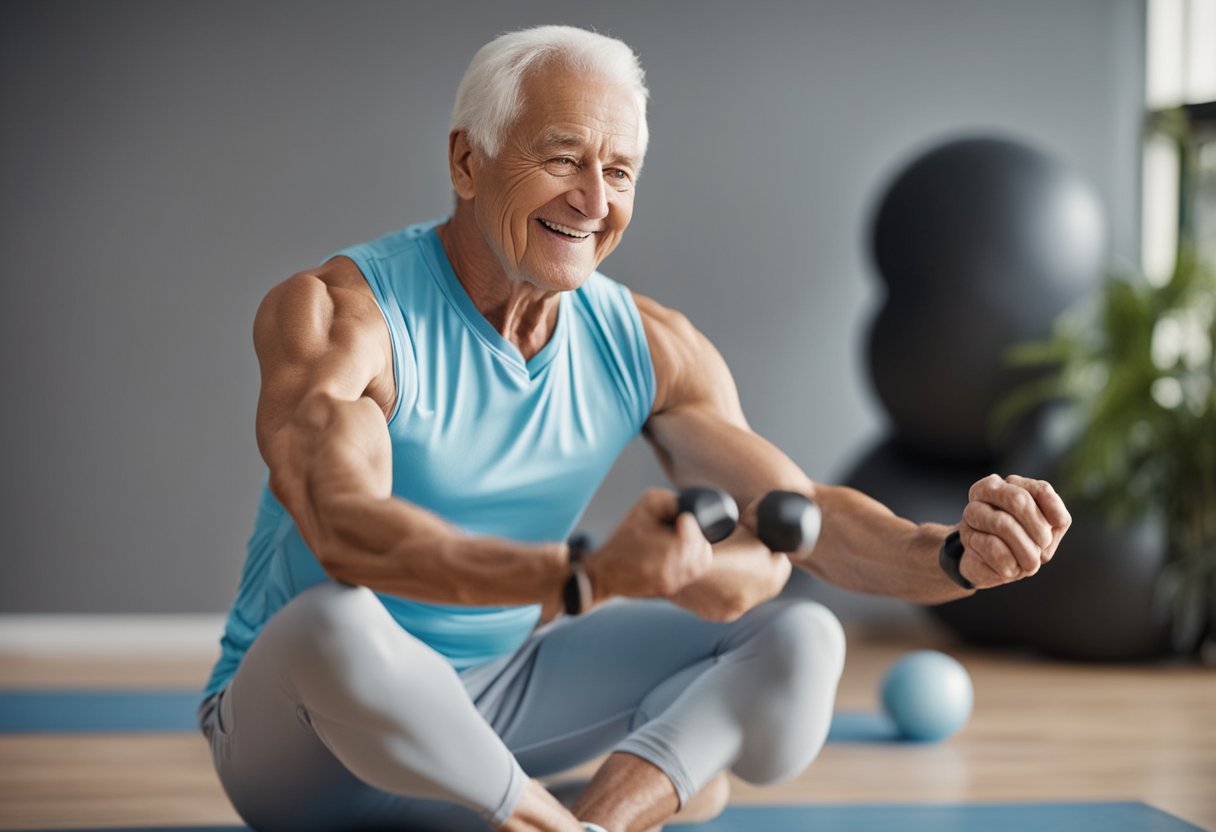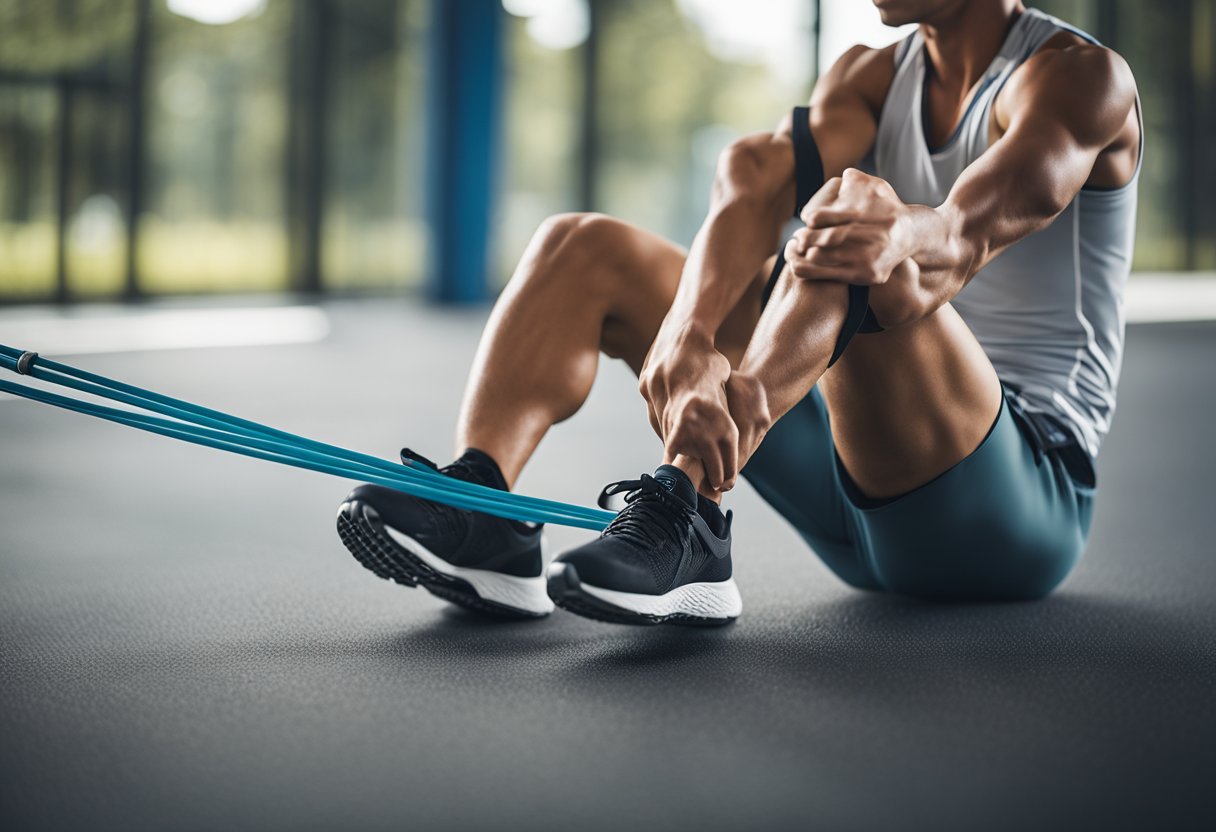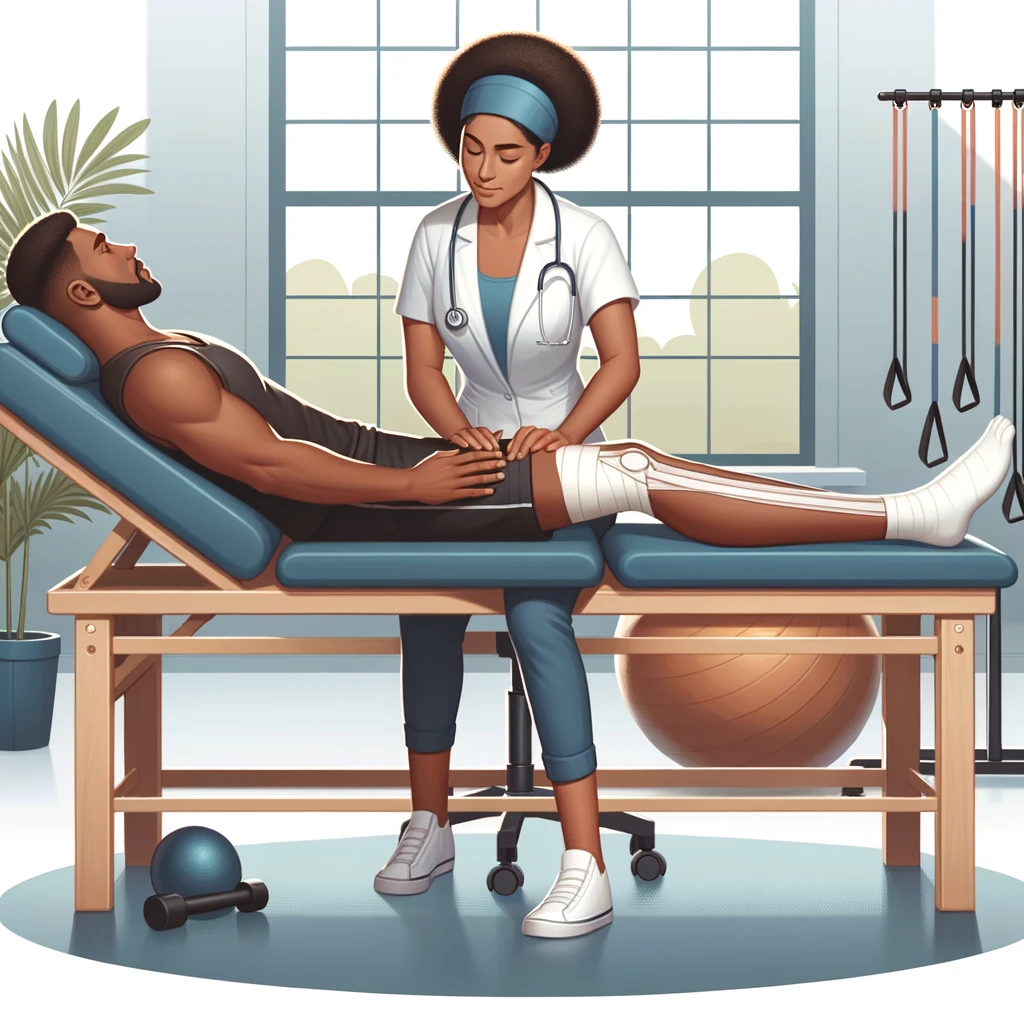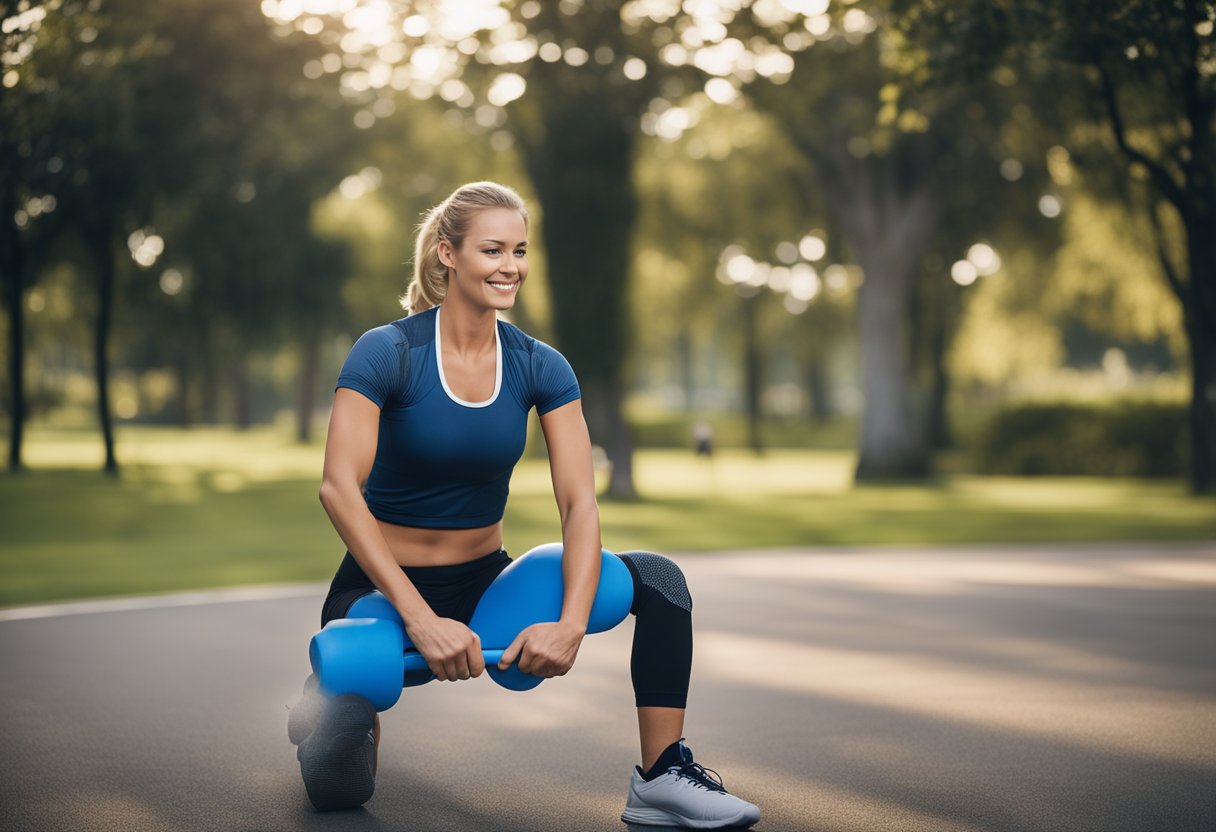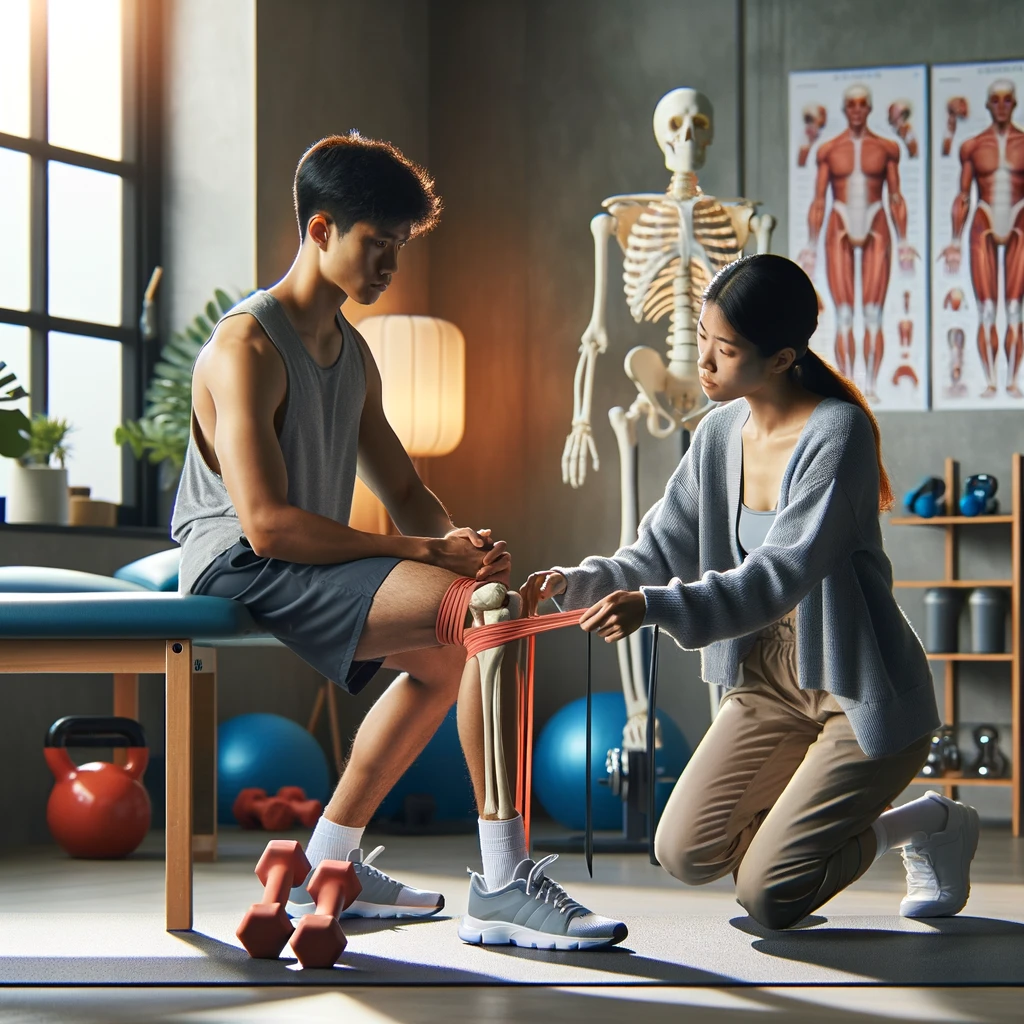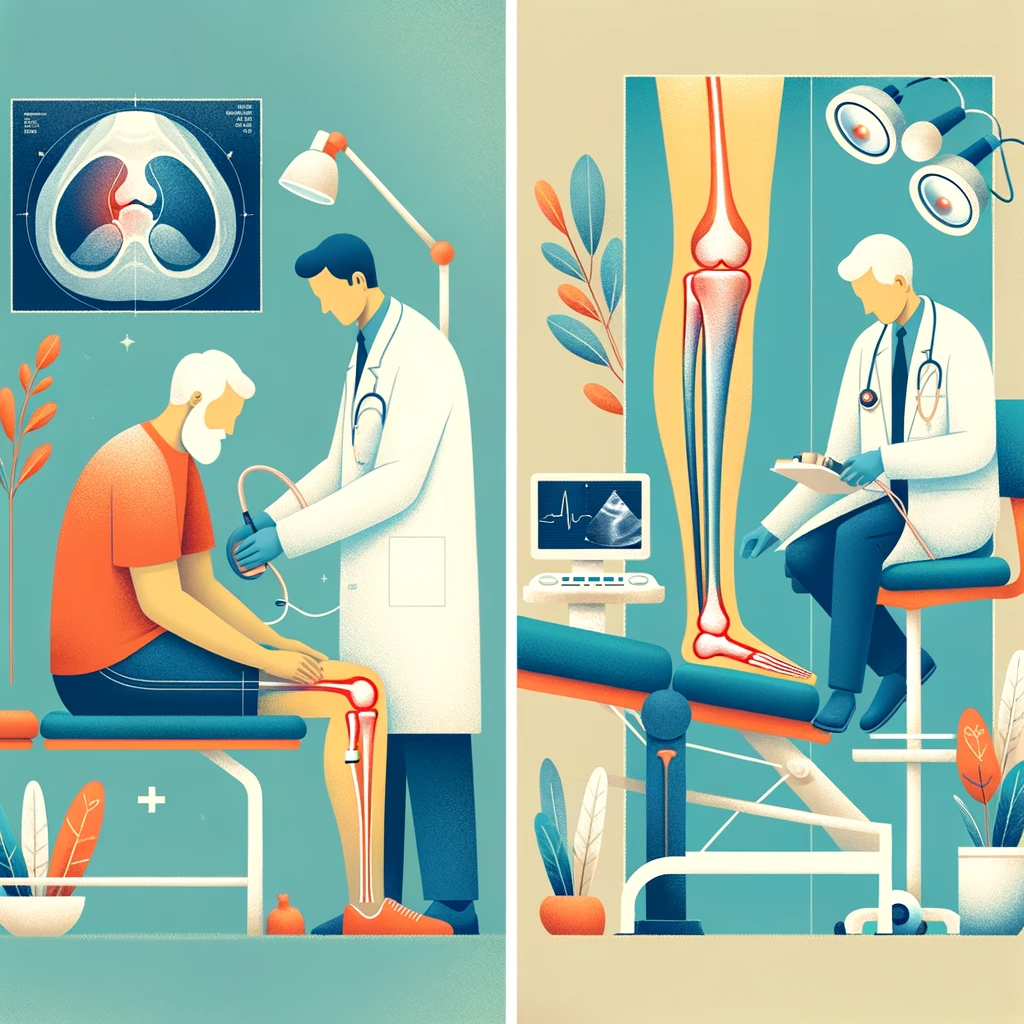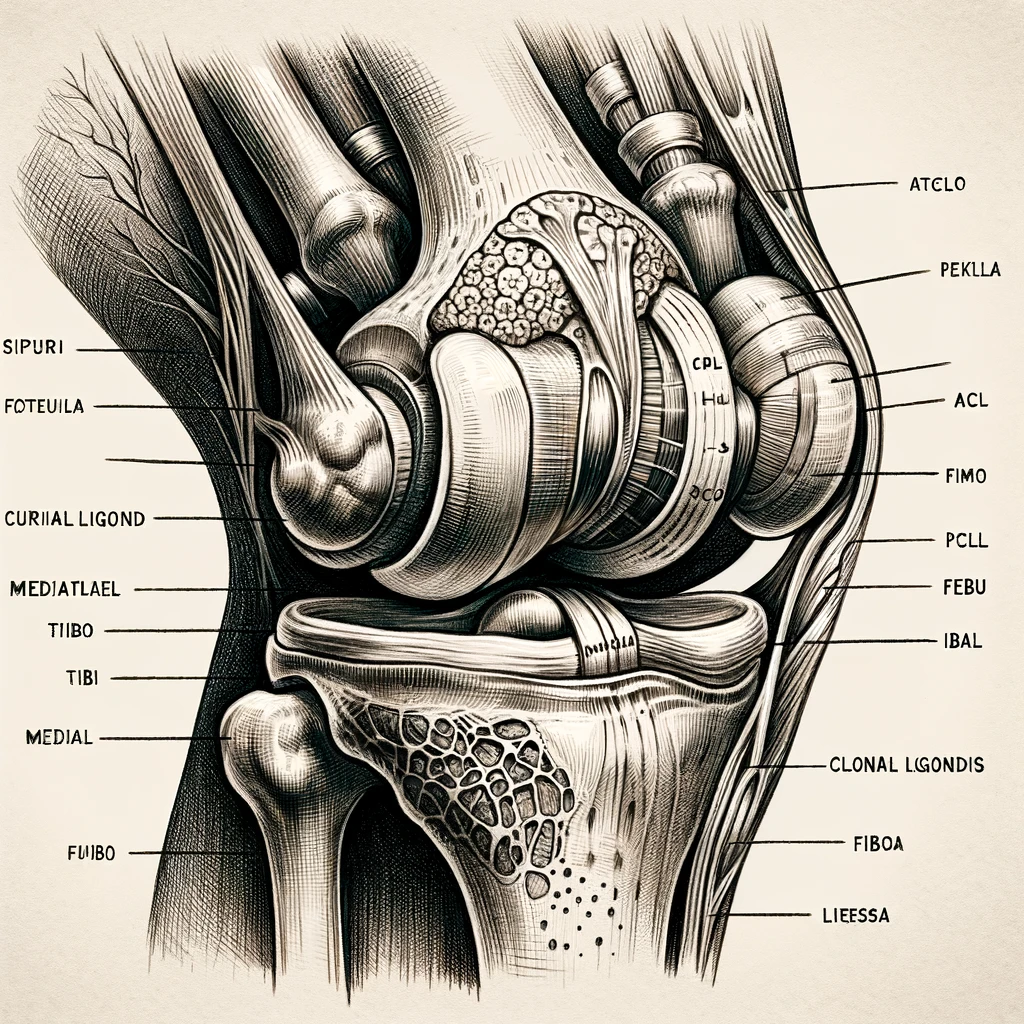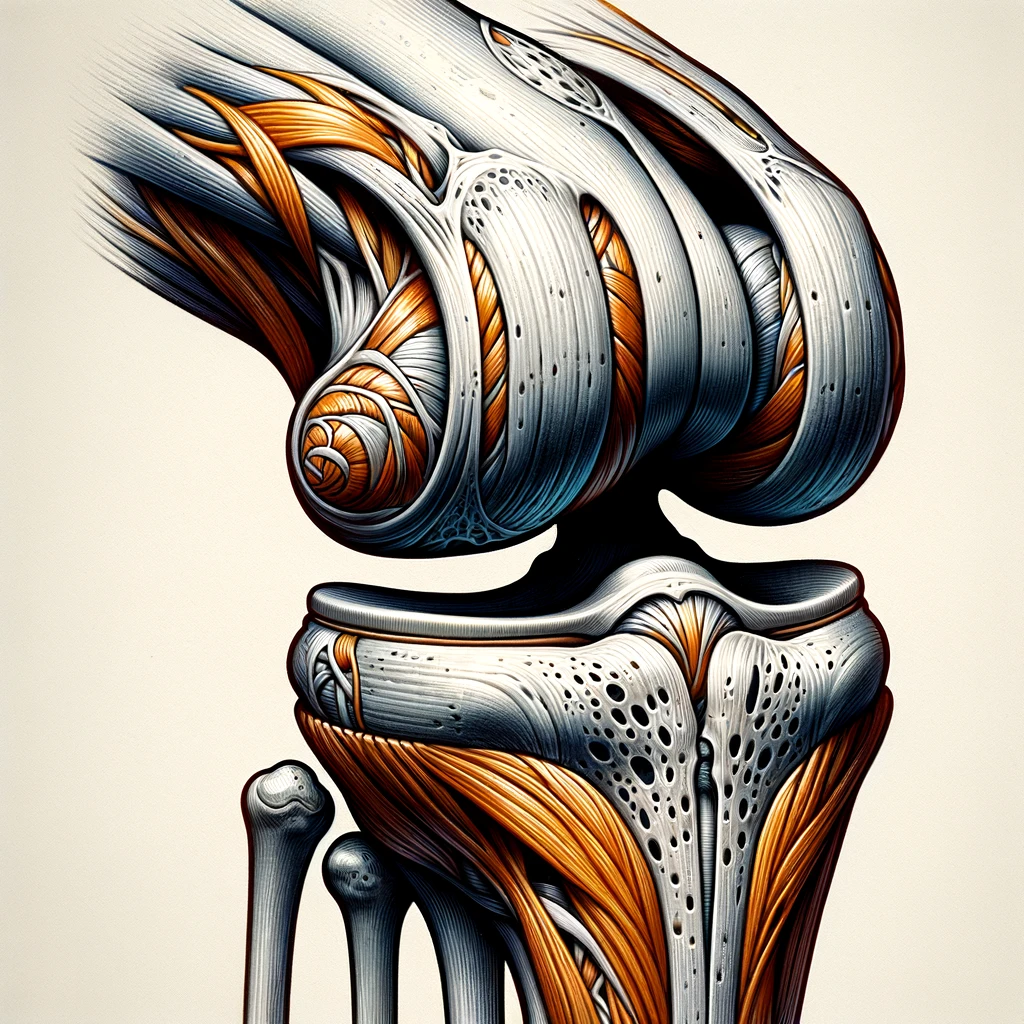Knee replacement surgery can be a life-changing procedure for those who suffer from chronic knee pain and mobility issues. However, the cost of the surgery can be a significant concern for many patients. In this article, we will explore the cost of knee replacement surgery, including the different factors that can affect the overall cost.

The cost of knee replacement surgery can vary widely depending on several factors. These factors include the type of surgery, the location of the surgery, and the patient’s insurance coverage. According to a recent estimate by Blue Cross Blue Shield, the average cost of an inpatient knee replacement procedure was $30,249, compared with $19,002 as an outpatient. However, these costs can vary significantly depending on the location and other factors.

If you are considering knee replacement surgery, it is essential to understand the cost of the procedure and how it will be covered by your insurance. We will explore the different insurance options available to patients, including Medicare and out-of-pocket costs. By understanding the different factors that can affect the cost of knee replacement surgery, you can make an informed decision about your healthcare and ensure that you receive the best possible care without breaking the bank.
Understanding Knee Replacement Surgery
At some point in our lives, we may experience knee pain due to injury, arthritis, or other medical conditions. When knee pain becomes unbearable and interferes with our daily activities, knee replacement surgery may be the solution. In this section, we will discuss the types of knee replacement, the benefits and risks, and pre-surgical considerations.
Types of Knee Replacement
There are two types of knee replacement surgery: total knee replacement and partial knee replacement. Total knee replacement involves replacing the entire knee joint, including the damaged cartilage, bones, and ligaments, with an implant or an artificial knee. On the other hand, partial knee replacement involves replacing only the damaged part of the knee joint. A partial knee replacement is less invasive and has a shorter recovery time than a total knee replacement.
Benefits and Risks
The benefits of knee replacement surgery include reduced knee pain, improved knee function, and an overall improvement in the quality of life. However, like any surgery, knee replacement surgery has risks and potential complications. These include infection, blood clots, nerve damage, implant failure, and stiffness.
Pre-Surgical Considerations
Before undergoing knee replacement surgery, there are several pre-surgical considerations that you should take into account. These include your weight, medical history, and overall health. Your doctor may also recommend that you lose weight before surgery to reduce the risk of complications. Additionally, you may need to use medical equipment, such as crutches or a walker, during your recovery period.
In conclusion, knee replacement surgery is an effective solution for those suffering from knee pain. By understanding the types of knee replacement, the benefits and risks, and pre-surgical considerations, you can make an informed decision about whether knee replacement surgery is right for you.
Cost Factors and Insurance
When considering knee replacement surgery, cost is an important factor to consider. There are several cost factors to keep in mind, including the surgery and hospital expenses, insurance and coverage, and additional out-of-pocket costs.
Surgery and Hospital Expenses
The cost of knee replacement surgery can vary depending on a number of factors, including the location of the hospital, the type of anesthesia used, and whether the surgery is performed in an operating room or in a surgery center. According to Healthgrades, the national average cost of knee replacement surgery in 2020 was about $37,300, including pre-surgery appointments and postoperative rehabilitation. However, this cost can vary widely depending on the location and hospital where the surgery is performed.
Insurance and Coverage
Health insurance can play a significant role in covering the cost of knee replacement surgery. Most insurance plans, including Medicaid, cover knee replacement surgery, but it’s important to check with your insurance provider to understand your specific coverage. Deductibles, copays, and coinsurance can all impact the out-of-pocket cost of the surgery. Some insurers, like HealthPartners, bundle costs for surgery and post-operative rehab, which can help reduce overall costs.
Additional Out-of-Pocket Costs
In addition to surgery and hospital expenses, there may be additional out-of-pocket costs associated with knee replacement surgery. These can include rehabilitation, physical therapy, office visits, and medication. It’s important to understand your insurance coverage for these additional costs and to budget accordingly.
Overall, the cost of knee replacement surgery can vary widely depending on a number of factors. Understanding your insurance coverage and budgeting for additional out-of-pocket costs can help make the process more manageable.
Frequently Asked Questions

What is the average cost of a total knee replacement in the USA?
The average cost of total knee replacement surgery in the USA is around $50,000, according to a 2013 article in AARP. However, the cost of the surgery can vary depending on several factors, including the location, the type of hospital, and the surgeon’s experience.
How much does a partial knee replacement procedure typically cost?
According to the same AARP article, a partial knee replacement procedure typically costs around 10 to 20 percent less than a total knee replacement surgery. However, the exact cost can vary depending on the same factors as mentioned above.
Are knee replacement surgeries covered by most health insurance plans?
Most health insurance plans cover knee replacement surgeries, but it is important to check with your insurance provider to confirm the coverage. Today reports that the average cost of knee replacement surgery with insurance in the USA will depend on your coverage, copays, and deductible. A Blue Cross Blue Shield study found claims of just over $11,000 to $20,000 for knee replacement surgery.
What is the cost difference between inpatient and outpatient knee replacement surgeries?
According to GoodRx, after knee replacement surgery, patients may leave the hospital the same day. However, they may recover in the hospital for one to three days. Moving the joint soon after surgery shortens the length of the hospital stay and overall costs of surgery. Some people are able to stand or walk the same day of surgery with the help of physical therapy. Outpatient knee replacement surgery can be less expensive than inpatient surgery.
Does Medicare cover the expenses for knee replacement surgery?
Medicare covers knee replacement surgery, but the amount that Medicare pays can vary depending on the type of Medicare coverage that you have. AARP reports that Medicare pays about $13,000 for the surgery, but additional costs such as anesthesia, hospitalization, and physical therapy may not be covered.
What is the cost range for a titanium knee replacement?
According to Exac, the cost range for a titanium knee replacement can vary depending on the hospital, the surgeon, and the location. However, the cost can range from $11,000 to $60,000.



